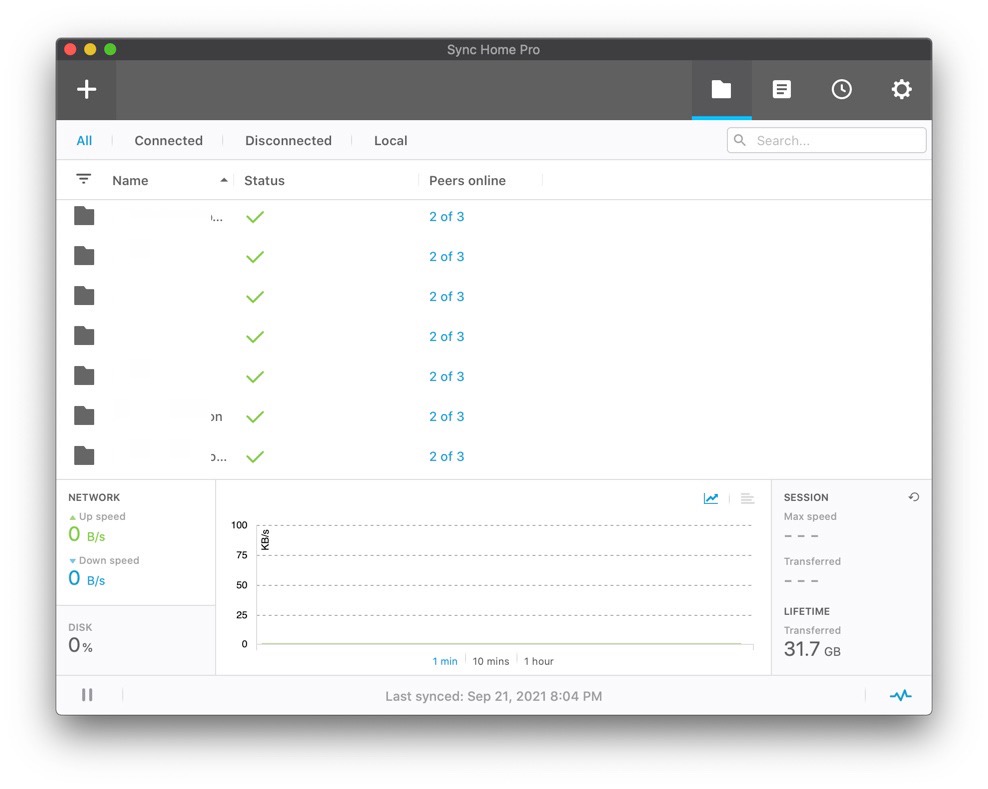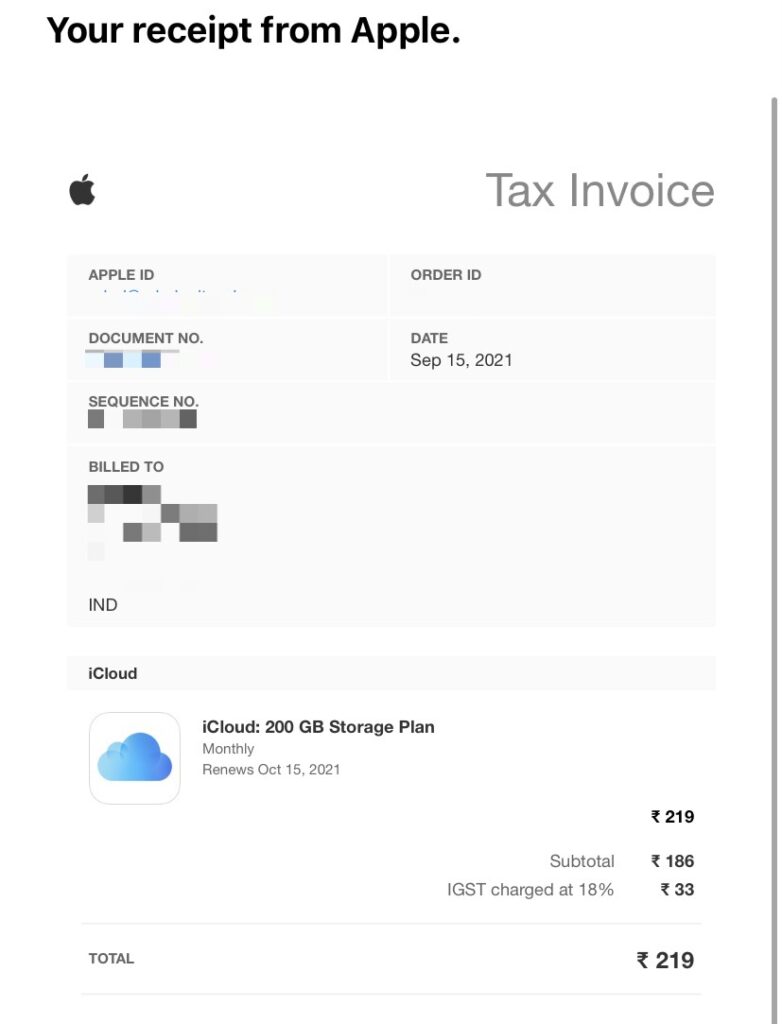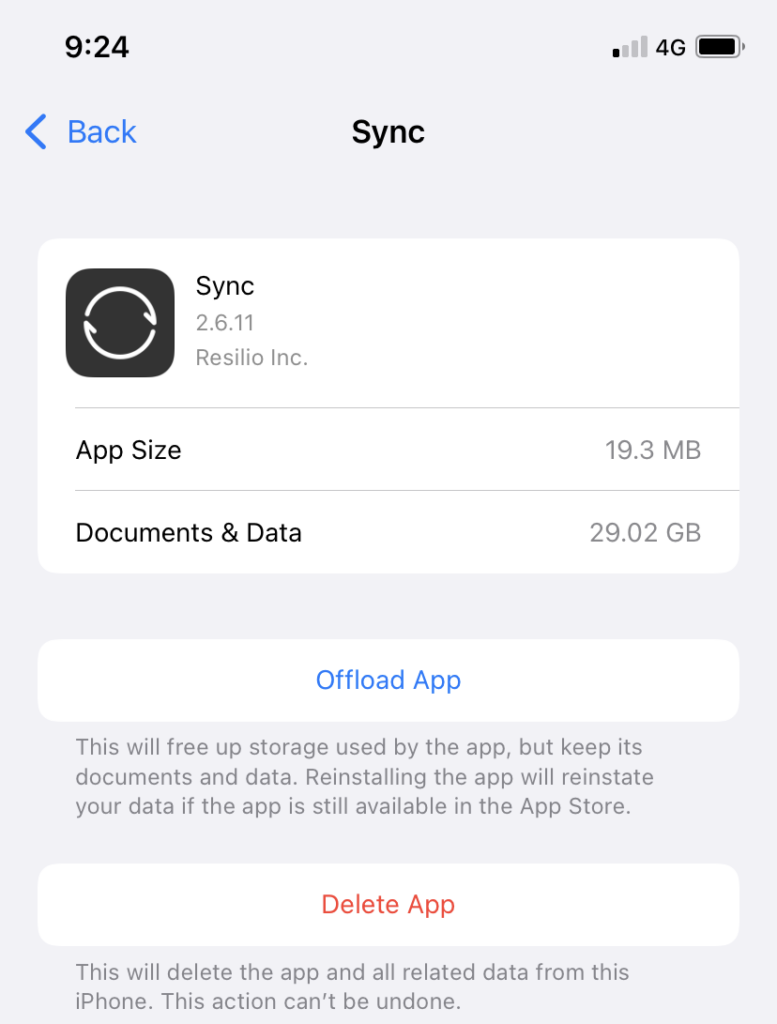Every month I get a receipt from Apple about my monthly iCloud Drive charge.
It’s a reminder of the fact that in addition to all the hard drives I’ve bought from Apple – in my computers, phone and tablet – I also rent one from them, in perpetuity.
All in order to keep data on the other hard drives in sync.
It made sense at one time. When Apple’s free iCloud tier offered 5GB of space, and they sold iPhones with 8GB of storage. Then, it was a secure, private way to store data that wouldn’t fit on your phone.
Today, ten years later, all of Apple’s iPhones and iPads start at eight times that, 64GB storage. And the latest iPhones 13, and all iPads Pro have a minimum of 128GB.
Meanwhile, the base iCloud tier is still 5GB.
Because Apple’s model is a client-server one – iCloud in the center, all of a person’s Apple devices (iPhones, iPads, Macs, Apple Watches, Apple TVs) around it – there’s no way that the base storage tier is enough for anyone’s data. And everyone ends up paying for what is effectively a rented hard drive from Apple. An intelligent one, but a hard drive nevertheless.
But most people have their devices in close proximity to each other. They’re usually connected to high speed wireless networks throughout nearly every day. An alternative model could easily have been one where each of these devices stay in sync in a mutual, peer to peer structure. If you have a don’t own a Mac, Apple could extend the Windows iCloud client to sync your data.
With this, you don’t pay for as much storage online. And Apple’s data centre scale reduces a bit. You also don’t connect to the public internet. That saves data, frees up bandwidth and is a lot more private.
A peer to peer model would fit in a lot better with Apple’s very public commitment to the environment and to privacy.
I’ve moved most of the documents I don’t use very often to a peer to peer system via Resilio Sync (for which I have a family license). I have a dozen GB synced between three Macs, one iPhone and one iPad without needing an Internet connection:

Neither my iPhone nor iPad use iCloud Backup – they are both backed up to my Mac weekly. That saves me over fifty GB of space I would have otherwise paid for. It’ll also mean I can set up a new iPhone a lot faster than from iCloud.
Ours are the first generations to accumulate digital data through our entire lifetimes: documents, files, photos, videos, music. Each of us will easily have several terabytes of data. At some point, paying today’s rates to store all that information online is going to cost too much money.
Maybe we’ll have near-ubiquitous connectivity, essentially free bandwidth and rock-bottom rates for cloud storage, all with the guarantee of security, resilience and privacy. I’d love to see that come to pass.
Until then, I think we need to consider how we’re going to manage our data the way we did just ten years ago – ourselves, on our own machines.


